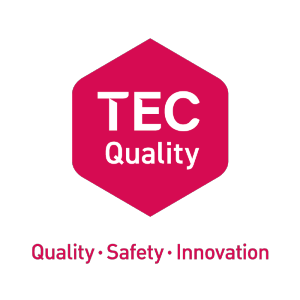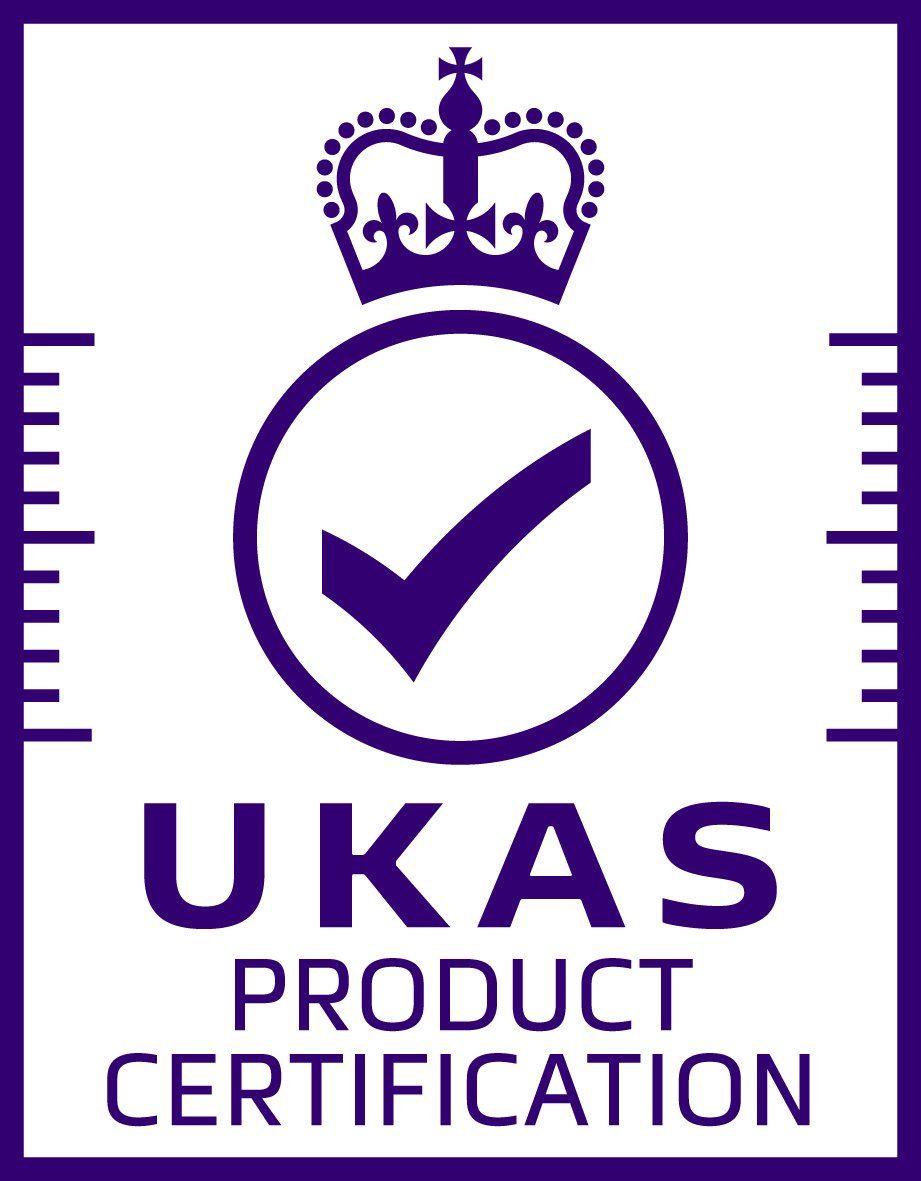Assessment of, Installation & Maintenance of TEC
Service Delivery Module
v5.3
The installation of equipment is an integral part of the Technology Enabled Care (TEC) pathway and encompasses much more than simply the setting up of equipment. The process begins when a referral is received and continues beyond the installation itself, through to re-evaluation and review.
Assessment is key, however the ‘equipment’ reaches the service user, whether this is through a home visit, or sent out by post. The installation of any TEC equipment should minimise and manage daily risks whilst improving the quality of day to day living.
Key outcomes
- Providers will adopt a holistic approach to meeting individual need through a process of initial assessment which is subject to continual review.
- Service users and carers will be actively involved at every stage of the installation process, from referral to re-evaluation, and will be supported to make choices related to the way in which the service is delivered.
- TEC equipment will be assessed, installed, tested and maintained safely, in line with organisational processes, relevant legislation and manufacturer guidelines
Audit process
The Audit Process will seek evidence that the key outcomes have been met.
As a minimum, TEC Quality certified organisations must:
Fire Detection Equipment
Demonstrate that any fire detection equipment, is assessed, installed and maintained in accordance with BS 8684: 2024 and BS 5839-6:2019+A1:2020. Installed devices should conform to the relevant parts of BS EN 54 ,or BS EN 14604.
Referral
- Ensure accessible information is available to support referrers
- Have procedures in place which describe clear management (receipt, recording and processing) of referrals
Assessment of Need and Re-Evaluation - iterative process
(Applicable only to organisations contracted to provide assessment and re-evaluation services)
- Ensure the assessment process identifies the desired outcomes for the Service User and that it is designed to identify and understand the service user and carer's needs and/or choices. This shall include the type of equipment required and the frequency and type of contact. Where proactive and preventative services are employed, Service users and carers will be actively involved in the assessment and supported to make informed decisions about their care. This will include an escalation process for non-emergency alerts, or triggers outside of the daily living parameters for Proactive and Preventative care, which shall be established in conjunction with Service Users, Carers and Professionals.
- Have procedures in place which, support the assessment process. These should be evidence-based where applicable, reflecting local and national policy and guidance.
- Ensure that the wider needs of Service Users and carers are considered and that these are documented. For Proactive and preventative services, the assessment, in partnership with other agencies, should identify a detailed network of support for the Service User (professionals and family), utilising Connected Care Technology.
- Where required and with consent, demonstrate that users are signposted to other agencies, which might help meet their wider needs.
- Demonstrate that the needs of Service Users are assessed in line with contractual requirements and that the service is able to meet those changing needs. This shall include daily living data required for proactive and preventative services.
- Demonstrate as part of the re-assessment/review process, that the technology solution used for proactive and preventative care has achieved the required outcome, or that the solution has been amended where this is not the case i.e. a perceived improvement in lifestyle, well-being and confidence. This shall include where changing of the daily parameters is required, this is communicated to the Service User and informal network as part of the review process.
Installation of TEC
- Where an assessment has been conducted by a partner or referrer, there shall be a mechanism to feedback to the partner/referrer, any changes required to their initial assessment.
- Wherever practicable, offer service users choice both in the type of equipment installed and the way in which it is used
- Ensure that an assessment of situation, risk and need is completed prior to installation. This should include assessment of risk associated with:
- the Installer’s own safety
- the environment (potential for fire, flood, falls
- a user’s medical conditions (dementia, non-compliance with medication)
- safeguarding (hoarding, self-neglect, abuse) - Have procedures in place to ensure that TEC signals cannot be interrupted, or blocked by the use of any other equipment
- Demonstrate that equipment is installed and tested for connectivity with all connected peripheral devices and that they communicate with the intended destination in accordance with manufacturer guidelines. Where connected to a monitoring centre, the installer shall ensure that the installed solution communicates correctly with the monitoring platform.
- Where TEC is provided as part of a "Self-Install Model", organisations shall provide information to support the installation and shall ensure the equipment has been received, installed and tested for successful communication with the intended destination. Where this has not occurred, there shall be an escalation process in place.
- Ensure that Service Users and/or carers receive training on the safe use of any installed equipment, which includes an explanation of the importance of ensuring equipment connectivity and any equipment limitations. Service Users and carers will be encouraged to test the system regularly following installation.
- Have procedures in place and demonstrate receipt of consent for fixing equipment to the fabric of a building where necessary
- Demonstrate that during the installation, all TEC equipment has been fully tested and confirmed to be working
- Where equipment is directly connected to gas / electric supplies: provide evidence that only suitably trained and certified installers undertake this activity.
- Where equipment is being monitored, ensure that it connects fully with the receiving platform.
- Where applicable, update the Monitoring Centre with details of location and configuration of equipment – this should also include a final check to ensure all service user details are correct.
- Have an agreed Installer-specific training programme in place and ensure that relevant training is updated / repeated at specified intervals. Where required, this shall include: Working at Height, the requirements of BS 5839 Part 6, Asbestos Awareness etc. The review process shall be conducted annually as a minimum, with refresher training conducted in line with subject matter, or certification timelines.
- As a minimum, there shall be an annual post installation quality check for each installer. Note: This criterion does not apply to "self-installation model".
- Demonstrate a process is in place to make a referral for interlinked fire detection to be supplied and fitted, which is linked to a monitoring centre where potential fire risk is identified during the equipment fitting, which has not previously been noted. This information may need to be notified back to the commissioner for further action.
Maintenance
- Have a planned maintenance / replacement programme for all equipment installed in the Service User’s home. Systems shall be in accordance with manufacturers recommendations and will include tests for continued connectivity to the intended destination when alarms, or alerts are raised.
- Ensure that where required by law, equipment is subject to the correct level of Portable Appliance Testing (PAT)
- Ensure that when equipment is made available for redistribution after previous use, there is a process in place to cleanse all previous Service User data and to reset any Service User-specific programming, before being released.
Asset Management
- Provide evidence that there are asset management processes in place
- Ensure that there are procedures in place to support the decontamination of equipment and that these reflect best infection prevention and control practice
- Ensure that only “hybrid” social alarms, that are able to communicate in both analogue and digital, or purely digital protocols shall be procured.
- Work with the alarm monitoring company, to monitor and analyse alarm failures with a view to replacement where the analysis identifies that these failures are excessive. Note: The TSA ‘Commissioner/Buyer Guidance: Transitioning your Social Alarms Systems from Analogue to Digital’ provides detailed guidance.
Installation of Fire Detection Equipment
- Provide evidence that equipment installations are conducted in line with BS 5839 part 6 where applicable.
Measures of Excellence
Referral
- 5 out of 10 referrals completed within 2 working days – remaining referrals processed within 5 working days
Installation of TEC
- 9 out of 10 URGENT installations completed within 2 working days of initial referral – remaining installations completed within 5 working days of initial referral
- 9 out of 10 NON-URGENT installations completed within 15 working days of initial referral – remaining installations completed within 20 working days of initial referral
- 9 out of 10 COMPLEX installations completed within 15 working days of initial referral – remaining installations completed within 20 working days of initial referral
Installation of Telehealth
- EVERY installation to be completed by the end of the next working day on receipt of a completed Telehealth plan
Repairs
- 9 out of 10 CRITICAL faults (i.e. where user safety is compromised), repaired or equipment replaced within 24 hours of the fault being reported – remaining critical faults within 48 hours of the fault being reported
- 9 out of 10 NON-CRITICAL faults repaired or equipment replaced within 5 working days of the fault being reported –remaining non - critical faults within 10 working days of the fault being reported
Note: Organisations must also comply with the Performance and Contract Monitoring module requirement for evaluation of performance.
Evidence might include
- TSA Core Competency eLearning Resource – Installation Module
- Lone Working Policy
- Asset Management Procedures including: Maintenance, Testing & Repair
- Annual Installer Training Plan
- Anonymised records of installation visits
- Access To Service Users' Homes Policy
- TEC Equipment Installation Procedures
- Compliance with BS 5839-6
- Risk Profiling Procedures/Tools
- Procedures for Multi Agency Signposting
- Service User Contracts and Service Level Agreements
“Far from being the traditional red tape and stifling bureaucracy that many experience, good quality performance and contract management approaches can be both the foundation to showing how well we are achieving our objectives and delivering outcomes and an enormously liberating force. The former is the evidence of our joint achievement and the latter how meaningful partnerships can deliver better care outcomes.”
Mark Allen, Strategic Commissioning Manager, Hampshire County Council


